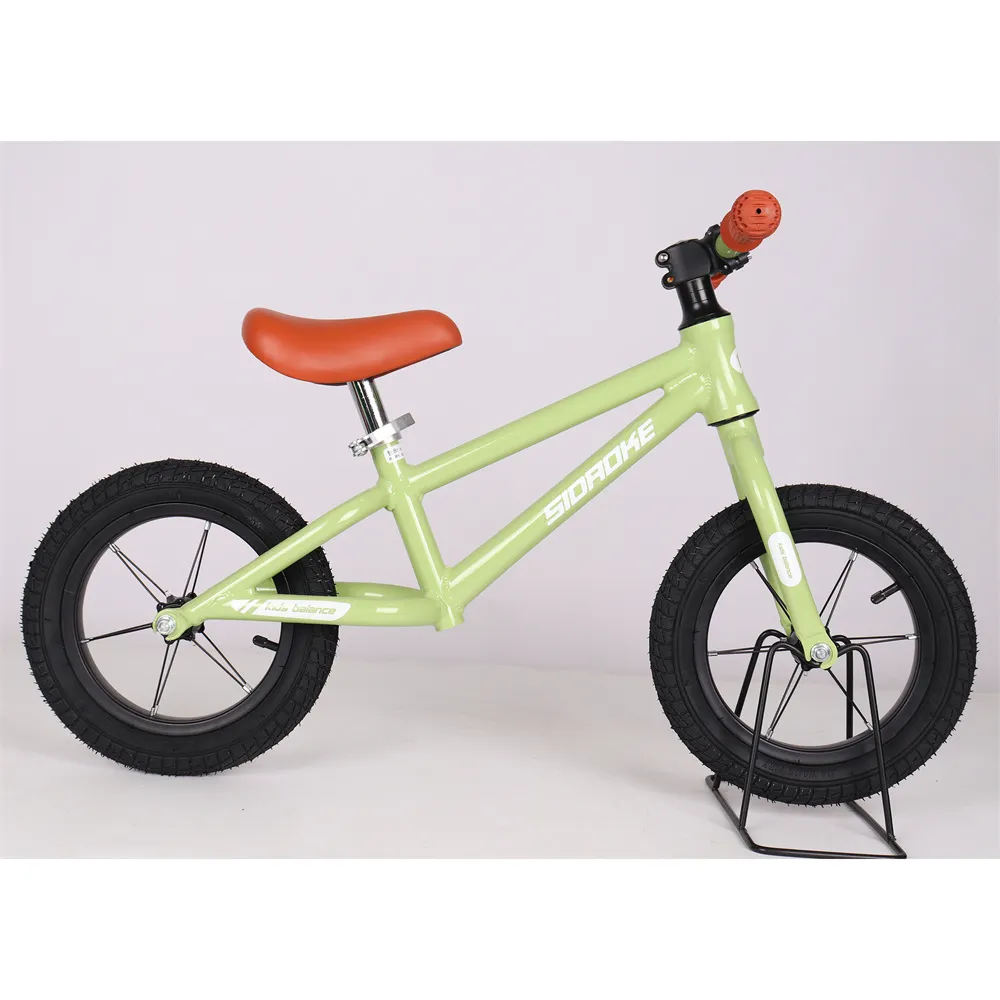Do balance bikes support babies in learning how to walk effectively and safely?
Do Balance Bikes Help Babies Walk?
In recent years, balance bikes have surged in popularity as a tool for teaching children how to ride before they transition to traditional bicycles. However, an interesting question arises do balance bikes help babies walk? While the primary purpose of a balance bike is to aid in the development of cycling skills, there is a growing body of evidence suggesting that these bikes can indeed contribute positively to other aspects of a child's physical development, including walking.
Understanding Balance Bikes
Balance bikes are essentially bicycle frames without pedals that allow young children to use their feet to push themselves along. They provide a unique opportunity for children to develop balance and coordination at their own pace. As toddlers learn to maneuver the bike, they are also engaging their core muscles and honing their gross motor skills, which are crucial for walking. The act of propelling themselves forward encourages the building of physical strength and stability.
The Connection to Walking
When babies take their first steps, they require a significant amount of balance and coordination. Riding a balance bike can enhance these skills by providing a safe environment for children to experiment with their balance. As children learn to glide on a balance bike, they naturally become more aware of their body movements, which is essential for walking. The process of balancing on two wheels, albeit in a low-to-the-ground setting, simulates the challenges they will face when they begin to walk without assistance.
do balance bikes help babies walk

Strengthening Core Muscles
Balance bikes require children to engage their core and leg muscles, effectively building the strength they need to support themselves while walking. Enhanced core stability is vital for toddlers, as it helps them maintain an upright posture. As they practice gliding and steering, kids develop the muscle memory and strength needed for walking. This progression can lead to more confident, balanced walking once the child has transitioned from a balance bike to walking unassisted.
Encouraging Independence and Confidence
Another important aspect of balance bikes is the sense of independence and confidence they instill in children. The ability to control their movement and navigate their environment boosts a child’s self-esteem. This newfound confidence can translate to walking, as children who feel assured in their physical abilities are more likely to take risks and explore their surroundings. As they grow more comfortable on their balance bike, they may also feel encouraged to take their first steps, propelled by the skills they have developed during their riding adventures.
Conclusion
In conclusion, while balance bikes are primarily designed to teach children how to ride, they do offer valuable benefits that can aid in the development of walking skills. By promoting balance, coordination, and core strength, balance bikes create a supportive platform for children to enhance their physical abilities. As they glide along on their bikes, toddlers not only learn to ride but simultaneously prepare themselves for one of life's most significant milestones—walking independently. Therefore, introducing balance bikes might just be one of the best investments for parents looking to support their child's early development.
-
The Perfect Baby TricycleNewsAug.11,2025
-
Ride into Fun with Bikes for KidsNewsAug.11,2025
-
Ride into Adventure with the Perfect Kids Balance BikeNewsAug.11,2025
-
Fun and Safe Riding with the Best Childrens ScootersNewsAug.11,2025
-
Find the Perfect Childrens Bike for Your Little OneNewsAug.11,2025
-
Explore the Best Baby Tricycles for Your Little OneNewsAug.11,2025
-
Three-Wheel Light-Up Scooter Benefits for KidsNewsJul.11,2025








